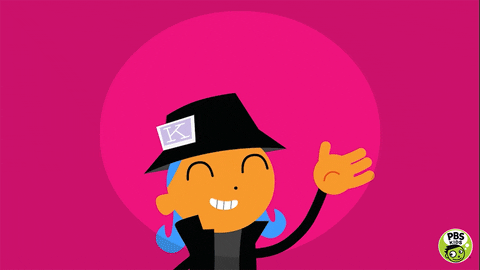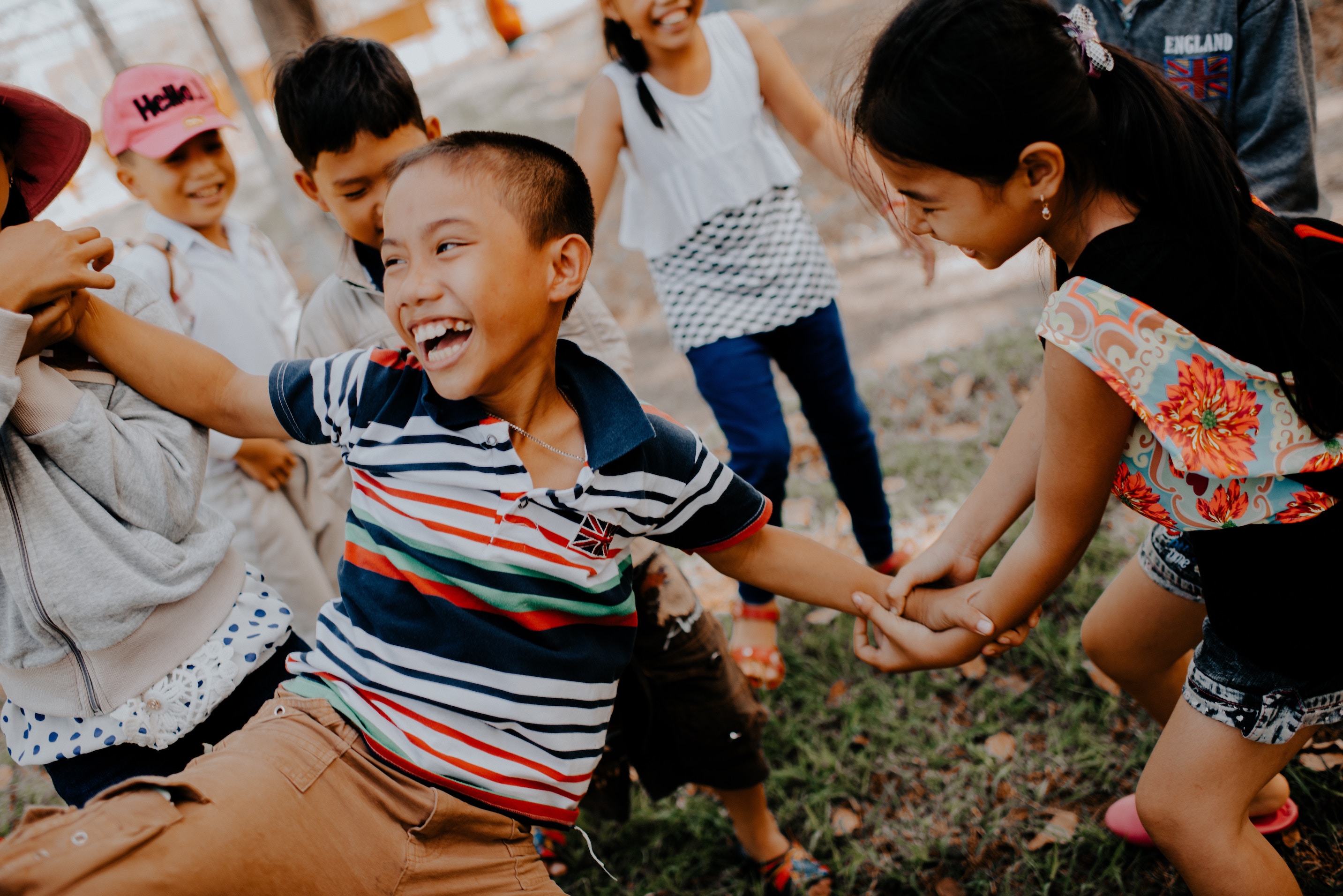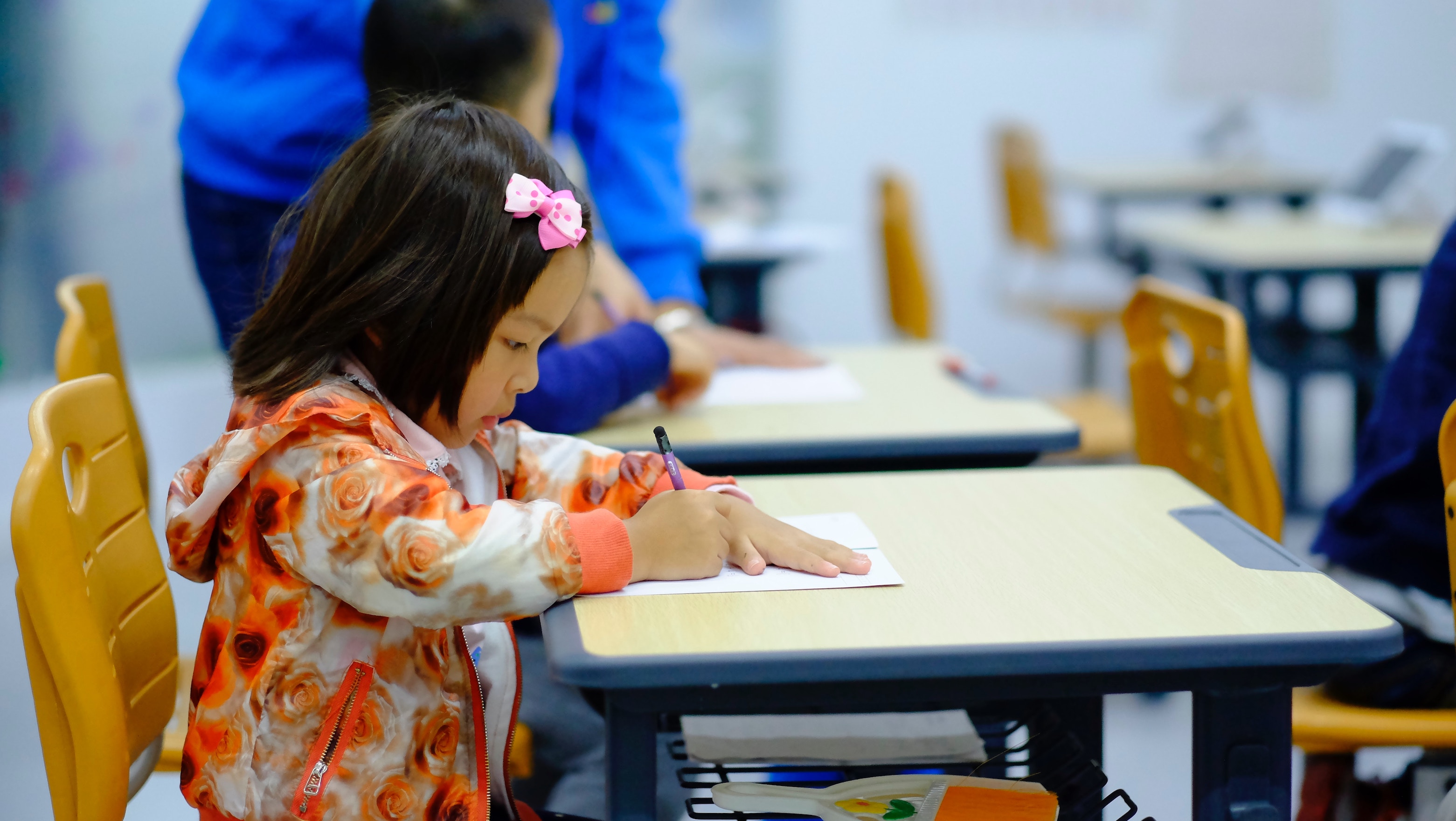In today’s classroom, a one-size-fits-all approach is going by the wayside. Personalized learning gives each student the best chance at mastering important concepts, and that’s what we as teachers want to see! By focusing on the most common learning styles when teaching, we can help students reach their maximum potential.
Teaching to individual learning styles can seem daunting, but there are ways to work towards a single goal while incorporating a range of methods to get there. Let’s focus on the seven main learning styles and consider some activities that are best for each. These ideas could easily be adapted to a range of subjects.
One goal, seven paths: Personalized learning strategies
1. The visual (spatial) learner
Do you have students who like to see the big picture … literally? This type of learner does best with information that is presented visually, and there’s no shortage of options for bringing great visual learning opportunities into your classroom. If your goal is to help your visual learners practice writing, for example, then they could benefit from watching short videos or observing an illustration and then writing about what they saw. You could even arrange a series of pictures (either hard copies or digital) that tell a story related to the material and ask students to write their own narrative based on what they see.
Using Classcraft’s personalized learning feature (Quests) could be very beneficial for these learners. The platform offers aesthetically pleasing visuals and full customization, allowing you to easily use it for whatever lesson you’re teaching.
Alternative Adaptation Alert: If you’re teaching math, the smart board is your friend — present your students with a mathematical picture story problem, or have actual objects laid out in your classroom that represent various parts of the problem so that your visual learners can see it unfold in action.
2. The aural (auditory-musical) learner
This student has an ear for music. They can listen to lessons, take in the information, and apply it. For these students, set up a listening station (headphones are a good choice here, so as not to distract others). Each station could have a one-minute piece of music playing, and students can then write a paragraph about how the music makes them feel, or what they think the song is about. You can choose to include songs with or without lyrics — both options allow for interesting takes on this exercise. Students may also write about how they think the musician and/or singer was feeling when they wrote or sang the song, and why.

Alternative Adaptation Alert: For social studies or science lesson with older students, a podcast of a TED talk would work quite well. Consider accompanying it with critical-thinking questions to test their comprehension of the material.
3. The verbal (linguistic) learner
Do you have a Chatty Cathy in your ranks? These verbal learners thrive when they can talk things out. To get their creative (and intellectual) juices flowing, you could allow your students to write a quick speech that they can then present to the class. To really spark inspiration, you could encourage students to write about a favorite hobby, movie, sport, etc. They may even enjoy writing a speech that can teach others something!
This activity benefits both auditory and verbal learners — giving those who like to talk a chance to do so, while students who learn best through listening sit back and enjoy! To take things a step further, you could ask your auditory learners to write a positive reflection on a speech that their classmate gave, while the verbal learners could write a one-paragraph reflection on their own performance and what they might want to change or improve upon next time.

Alternative Adaptation Alert: Oral math problems can be an excellent option for verbal learners, as some people find it easier to solve problems if they talk things out. For social studies or science, consider giving students the option of delivering an oral presentation, either in class or videotaped and submitted for grading.
4. The physical (kinesthetic) learner
These students need to move! They are hands-on learners who are ready to jump right into activities. To get these guys and gals interested in writing, set up a game in one area of the classroom. Have a series of objects on a table and maybe a few on the floor. Students can bounce a small ball, spin a top, do five jumping jacks … you get the idea. For older students, physical activity can be incorporated by arranging lab stations so students can see the concepts they learned about come to life.
After completing each activity, students must write a sentence stating what they did, with the goal of completing five activities/sentences, or ten or more, depending on the time available and their grade level. The goal would be to complete as many mini-activities as possible in a set amount of time, an activity wouldn’t ‘count’ until it has been written down. When finished, students could also be given a minute or two to write about which activity they enjoyed the most and why.

Alternative Adaptation Alert: For a math or science class, have students conduct an experiment or physically interact with a given problem. If you’re teaching younger students about algebra and equation-solving, for example, then consider using scales, weights, or other real-life objects to give them a better understanding of the problem-solving strategies they’ve learned.
5. The logical (mathematical) learner
These math whizzes are methodical in their learning — they crave processes and answers. Let them flex their numerical muscles while improving their writing at the same time by allowing them to write descriptive problems related to math problems. You can adjust this activity as needed depending on the grade level you teach, skewing either to simpler or more complex parameters for the problems. As an example, you could supply an equation (for example, 5+5=10) and ask students to write a corresponding story that uses the given equation: “Tyler had five cookies. His friend gave him five more. Now Tyler has ten cookies to eat.”
 Alternative Adaptation Alert: If you have logical learners in your midst and it’s time for social studies or science, have your students conduct a survey, chart the results, and present their findings. This is a highly adaptable activity for all grade levels and may also appeal to kinesthetic learners.
Alternative Adaptation Alert: If you have logical learners in your midst and it’s time for social studies or science, have your students conduct a survey, chart the results, and present their findings. This is a highly adaptable activity for all grade levels and may also appeal to kinesthetic learners.
6. The social (interpersonal) learner
Ah, the social butterfly. Teamwork? Group projects? They’re down for it all! These students need cooperation and interpersonal interactions to excel in the classroom. Let them do some fun, team writing exercises. Students can sit together, with each having their own piece of paper and pen or pencil. They write one sentence of a story and pass their paper to the next person. Once the paper gets back to its original owner, they can see how their story idea evolved with everyone’s input. Another social classroom activity is having students interview each other about a particular topic or interest, with responses being jotted down by the interviewer.

Alternative Adaptation Alert: Group work or projects can be used at any grade level and in most classes to meet a wide range of learning objectives. Provide group work as an option whenever it’s appropriate so you can help these learners flourish.
7. The solitary (introspective) learner
This student blossoms with independence. They like the coziness of sitting with their own thoughts and can probably write up a storm. Let them be the natural observers they are, and have them write a journal piece (only to be read by you) about a thought-provoking question. Again, this can be adjusted based on grade level, but at the ‘Journal Junction’ station, it’s all about putting thoughts to paper. Here are some ideas to get you started:
- “If you had to be one age forever, what age would you choose and why?”
- “What is the most wonderful thing you’ve ever seen, and what made it special?”
- “What do you think it means to be a good person?”
You could even have a fancy container filled with little conversation starters like these and whip them out when you feel your solitary learners are getting bored of other activities.

Alternative Adaptation Alert: The solitary, introspective learner will enjoy a quiet place to do some independent work. If your learning objective involves a math concept, these students can practice solving problem sets on their own. For science or social studies, solitary learners will do quite well with independent reading and follow-up written work.
Bringing it full circle for every learner
When exploring ways to personalize learning, your main constraints are usually time and organization. By having all students actively engaged at the same time and working towards the same common goal in unique ways, you can ensure that each of your students is making the most of their time in your classroom and developing skills to last a lifetime.
Photo credit: Eric Deeran, MI PHAM, JESHOOTS.COM, Jerry Wang / Unsplash.com; Giphy.com; Freepik.com
Personalized Learning



